21 Wild Animals in Bhutan [Wildlife in Bhutan]
Want to know more about the wildlife in Bhutan?
Discover 18 wild animals in Bhutan in this post, as well as interesting facts about them. 🇧🇹
Learn All About Bhutanese Animals
Ready to learn all about Bhutanese animals?
I’ve always been fascinated by animals, and by how they can be so different from one country to another. In this guide, we’ll focus on the many animals Bhutan has on the land, in the sky, and underwater.
I’ve split the guide into 4 categories:
- Native animals from Bhutan
- Endangered animals of Bhutan
- What is the Bhutan national animal?
- How many animals native to Bhutan?
Let’s dive in right away with our first category!
Native Animals from Bhutan
Bhutan is a small landlocked Asian country located in the southern part of the continent. It is nicknamed the “land of the thunder dragon”, and it is bordered by Tibet and India. Its capital city is Thimphu, which counts more than 114,000 inhabitants.
An interesting part of the country that I wanted to tackle is its wildlife. In light of that, I have listed the best of it, and I hope you will love learning what animals live in Bhutan.
Here’s the Bhutan animals list.
1. Takin
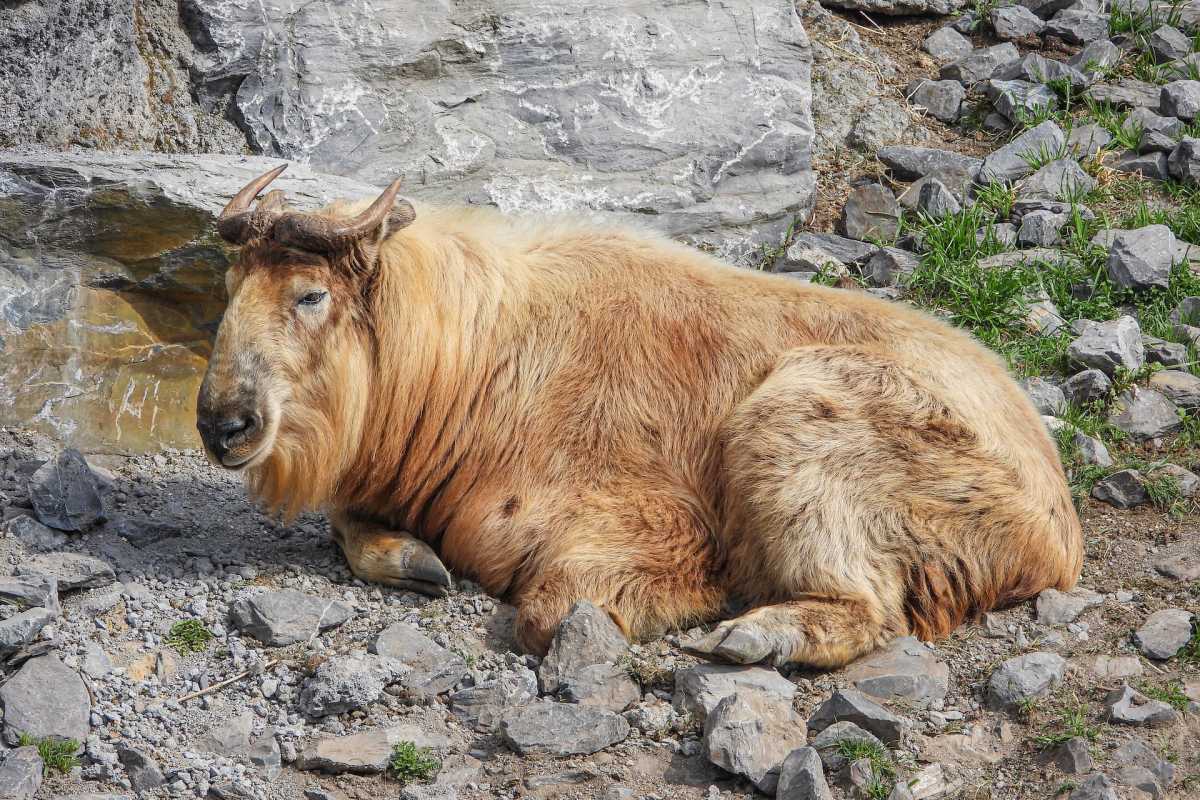
- Name: Takin
- Scientific name: Budorcas taxicolor
- Conservation status:
The takin is one of the most unique animals that can be found in Bhutan. It is the country’s national animal, and it looks like both a goat and a cattle, which is why it earned its other names, the gnu goat and the cattle chamois.
In the wild, it lives within groups of around 20 individuals, but older males can live solitary lives. Males compete for dominance by sparring head-to-head with their opponent.
2. Himalayan wolf
- Name: Himalayan wolf
- Scientific name: Canis lupus chanco
- Conservation status:
The Himalayan wolf is a species of canine that inhabits the Himalayas, the Central Asian highlands, and the Tibetan Plateau. It usually lives above 4,000 m / 13,123 ft high, because its body is adapted to a low-oxygen environment.
Opposite to many species of wolves, the Himalayan wolf usually preys on wild prey over domestic ones. It feeds on mammals, from the wooly hare to the Tibetan gazelle.
3. Tibetan gazelle
- Name: Tibetan gazelle
- Scientific name: Procapra picticaudata
- Conservation status:
The Tibetan gazelle, also called the goa, is a species of antelope native to the Tibetan plateau. Compared to other antelopes, it is quite small. Usually, it lives in elevations, from 3,000 m to 5,750 m (9,840 to 18,860 ft).
Their major threat is habitat loss due to agricultural expansion. Other than that, they live in very isolated areas and do not have to compete with livestock.
4. Sloth bear
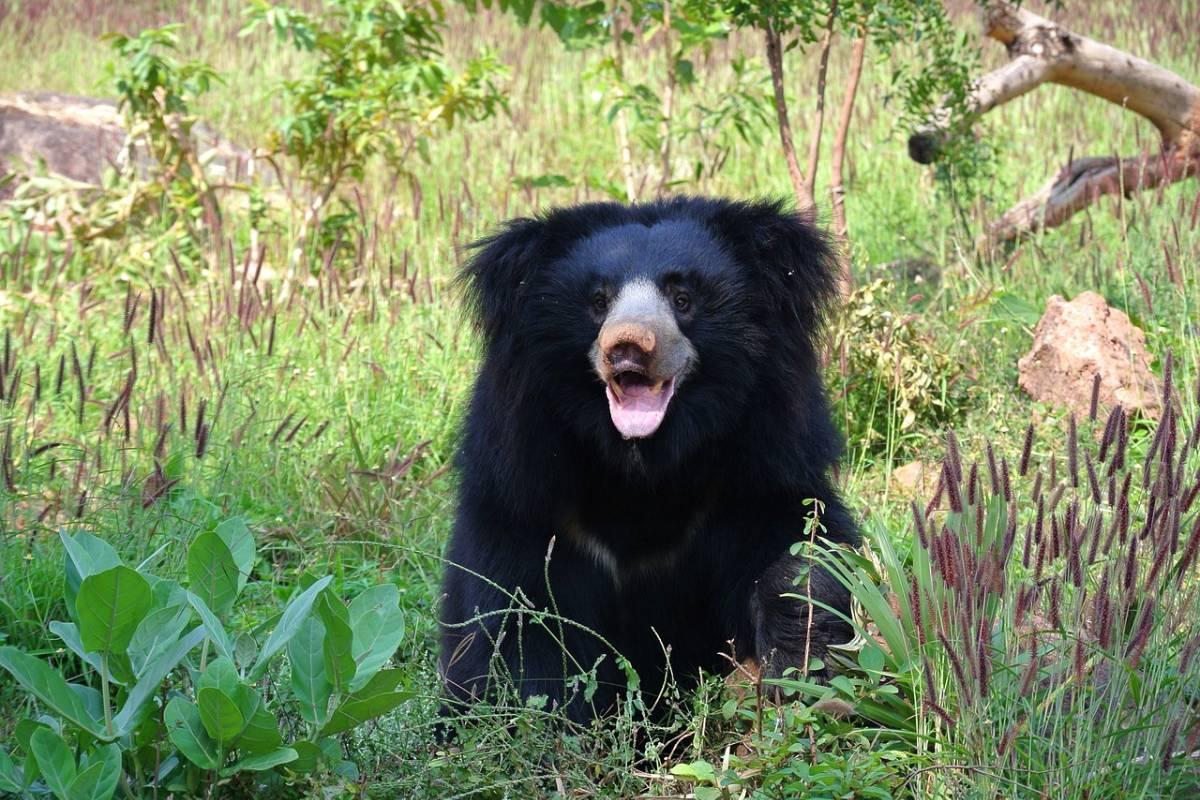
- Name: Sloth bear
- Scientific name: Melursus ursinus
- Conservation status:
The sloth bear is a species of bear native to the Indian subcontinent. It is medium-sized and has thick and long muzzles. Its fur is completely black except for one white mark on the chest.
These bears often travel in pairs, and males are gentle with their cubs, which is quite rare with bears. Funnily enough, they walk in shambling and slow motion, but they are excellent climbers.
5. Himalayan goral
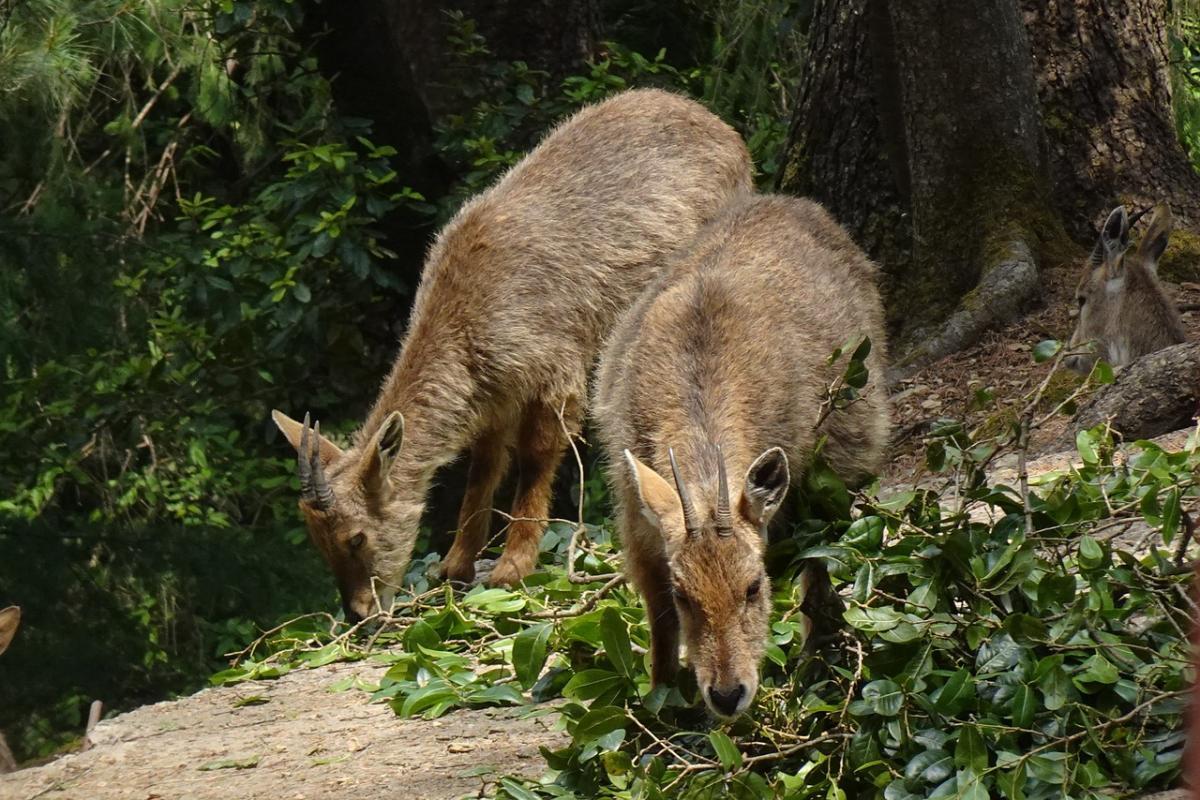
- Name: Himalayan goral
- Scientific name: Naemorhedus goral
- Conservation status:
The Himalayan goral is a bovid species native to the Himalayas mountain range. Even though it lives in remote areas, its global population is significantly decreasing because of hunting and habitat loss.
Older males live solitarily, while others can be seen in pairs or, most of the time, in a group of 4 to 12 individuals. Its diet is mostly made of grasses and plants, and it is very agile and quick. With its fur, it can be very hard to spot.
6. Indian rhinoceros
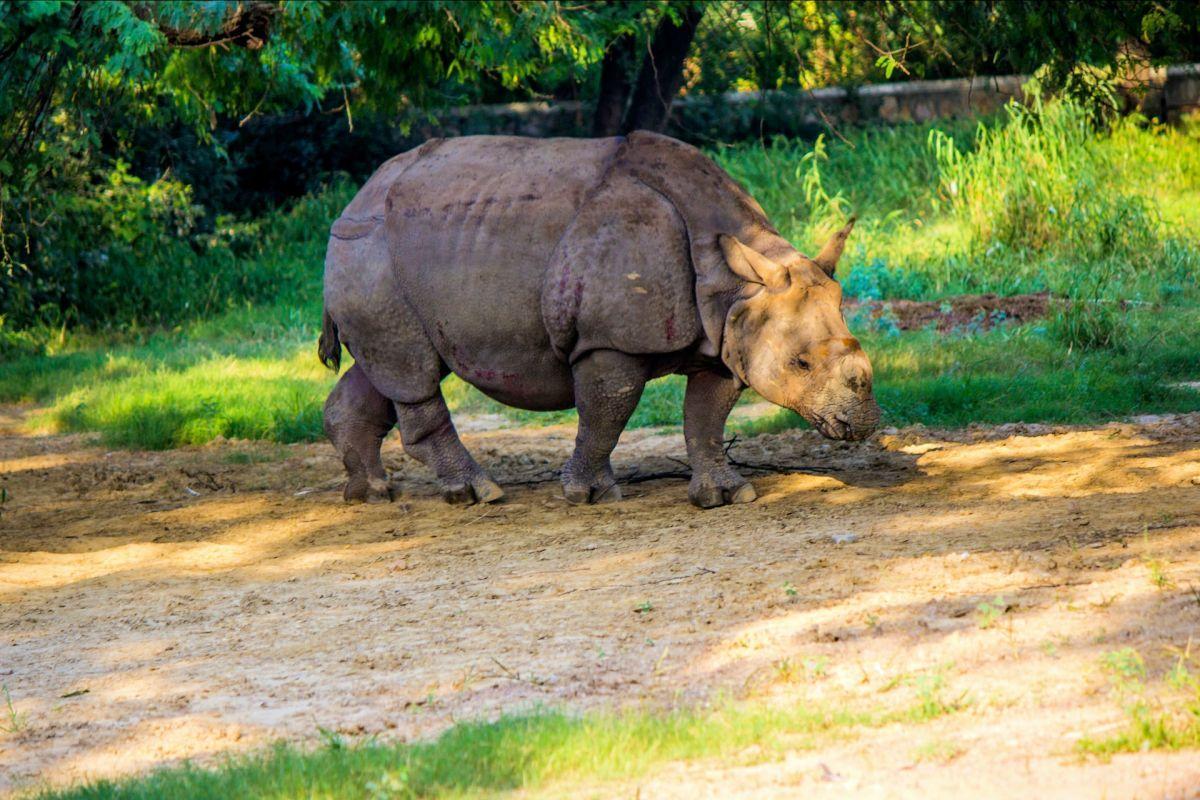
- Name: Indian rhinoceros
- Scientific name: Rhinoceros unicornis
- Conservation status:
The Indian rhinoceros, also known as the greater one-horned rhinoceros, is a rhinoceros species that can be found throughout the Indian subcontinent. Because of human and livestock expansion, its preferred habitat is becoming smaller and smaller, and it is currently listed as vulnerable. On top of this, it also suffers from poaching.
Male Indian rhinos are usually solitary, except for fighting and mating. Females are also solitary, except for raising their calves, which can last for up to 4 years.
7. White-bellied musk deer
- Name: White-bellied musk deer
- Scientific name: Moschus leucogaster
- Conservation status:
The white-bellied musk deer, also known as the Himalayan musk deer, is a species of musk deer native to the Himalayas. Musk deers are not true deers, as they are most closely related to bovines, sheep, and antelopes. They have no antlers but possess a pair of tusks and a musk gland.
This deer is very elusive and shy during the day, and it hides in dense cover. It only comes out at night in open habitats and feeds on leaves and shrubs.
8. Clouded leopard
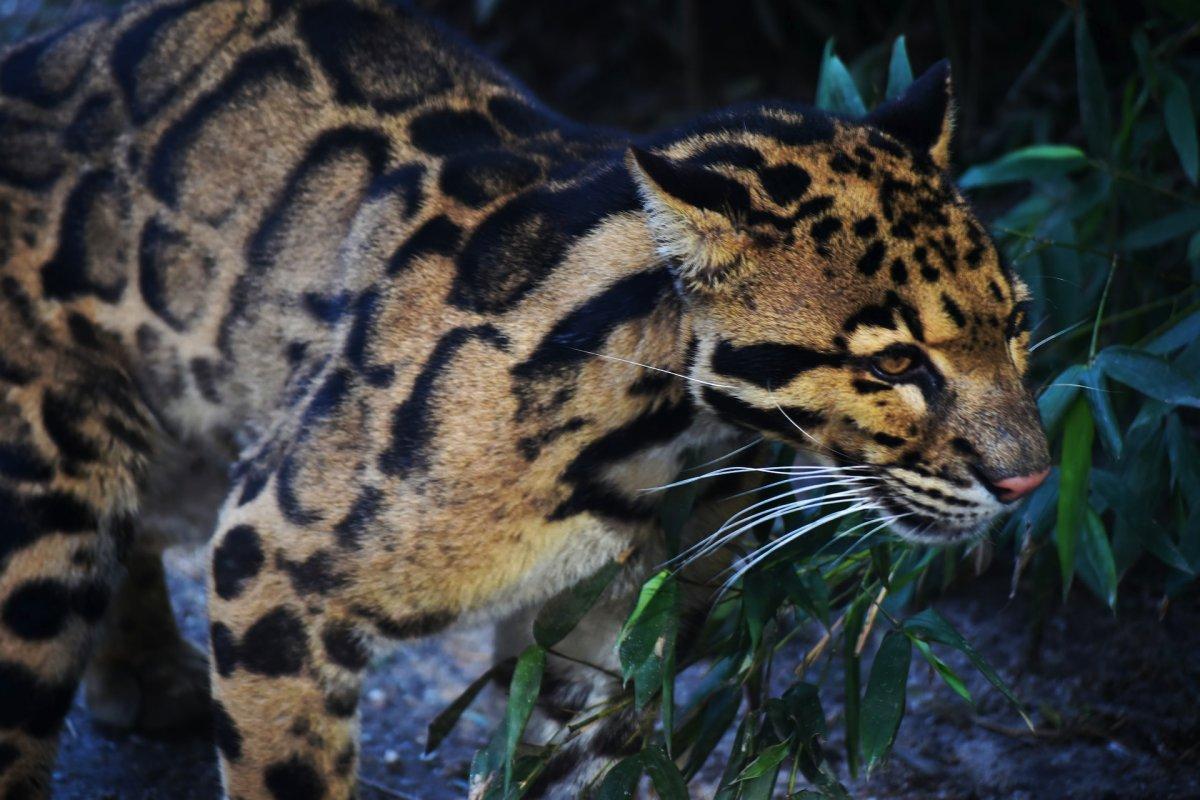
- Name: Clouded leopard
- Scientific name: Neofelis nebulosa
- Conservation status:
The clouded leopard is a large species of wild cat that can be found in dense forests in the Himalayas. This animal was first discovered and described in London, in 1821. Its name comes from its fur being made of irregular spots and dusky blotches that look like clouds.
This leopard likes to sleep in trees during the day, as it is a great climber. It hunts at night, on the forest floor, and most of the time preys on terrestrial and arboreal vertebrates.
9. Gee’s golden langur
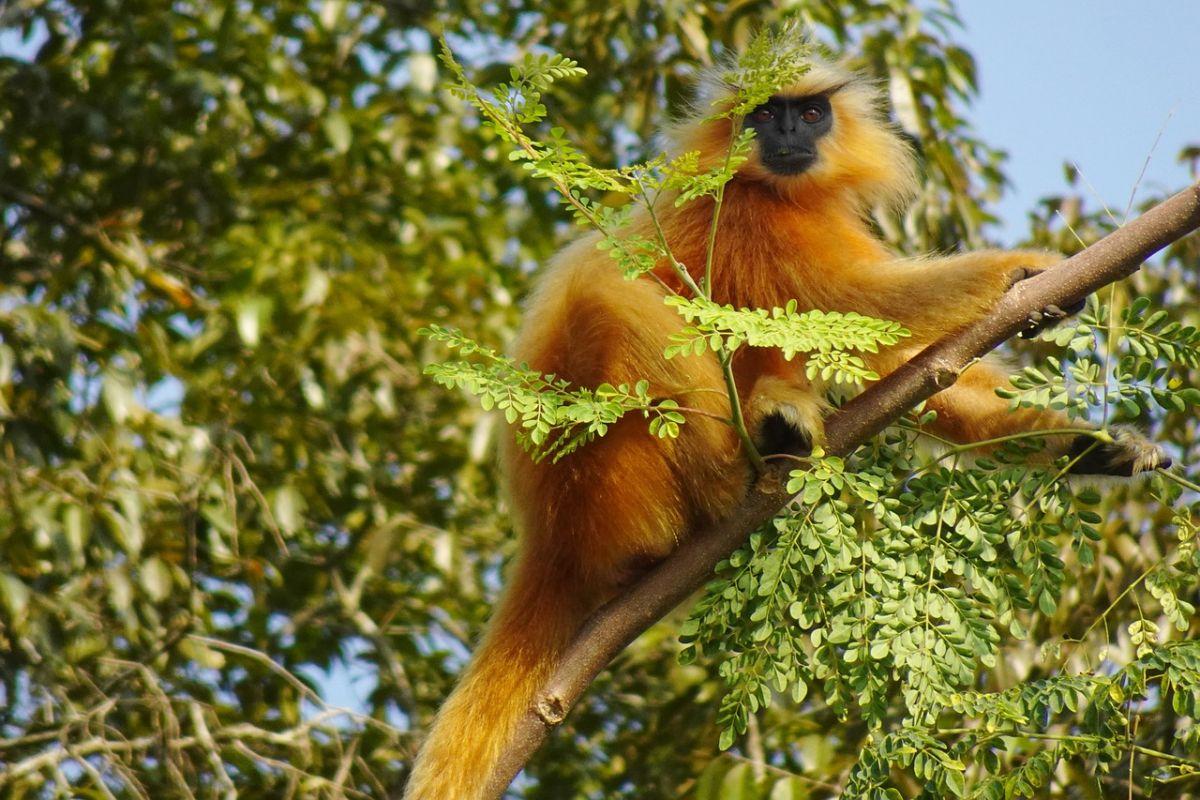
- Name: Gee’s golden langur
- Scientific name: Trachypithecus geei
- Conservation status:
The golden langur, or Gee’s golden langur, is a species of monkey that can only be found in a very small area that includes parts of India and of Bhutan. It is considered sacred by lots of Himalayan people, and it was named after the naturalist Edward Pritchard Gee who first described the animal during the 1950s.
It is a herbivorous animal that feeds on fruits, seeds, flowers, buds, and leaves. It lives high in trees, and in a group of around 8 individuals.
10. Mainland serow
- Name: Mainland serow
- Scientific name: Capricornis sumatraensis
- Conservation status:
The mainland serow is a species of serow native to China, Southeast Asia, and the Himalayas. A serow is a medium-sized mammal that resembles a goat or an antelope. There are 4 species of serows, and only the mainland serow is found in Bhutan.
It lives in mountainous and isolated areas because it does not tolerate human disturbance. It lives in hills up to 4,500 m / 14,800 ft high and lives either alone or in a small group.
11. Binturong
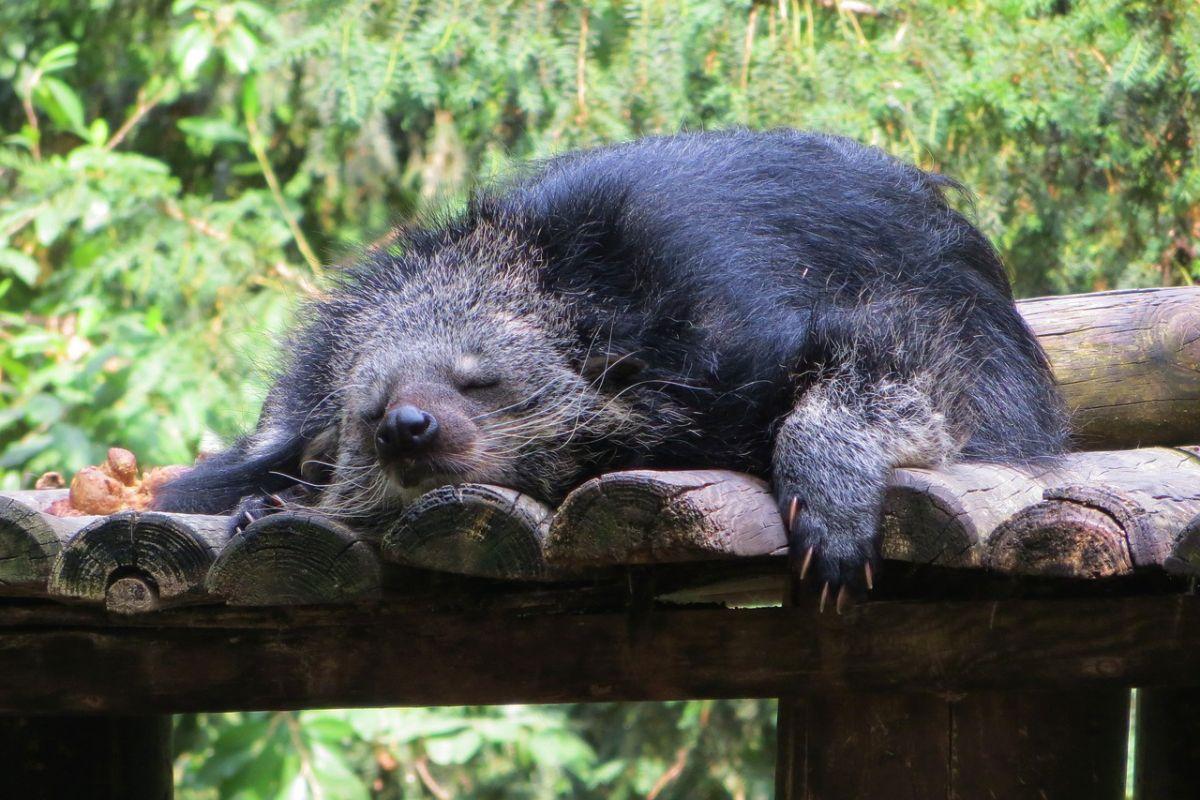
- Name: Binturong
- Scientific name: Arctictis binturong
- Conservation status:
The binturong, also known as bearcat, is a strange animal. It is native to South and Southeast Asia and is the only living species of its genus. It is overall not a common animal, and its population has been steadily decreasing by more than 30 percent since the middle of the 1980s.
It is severely threatened by habitat degradation and loss due to logging and agricultural expansion. In some countries, it is sometimes kept as a pet or even eaten.
12. Snow leopard
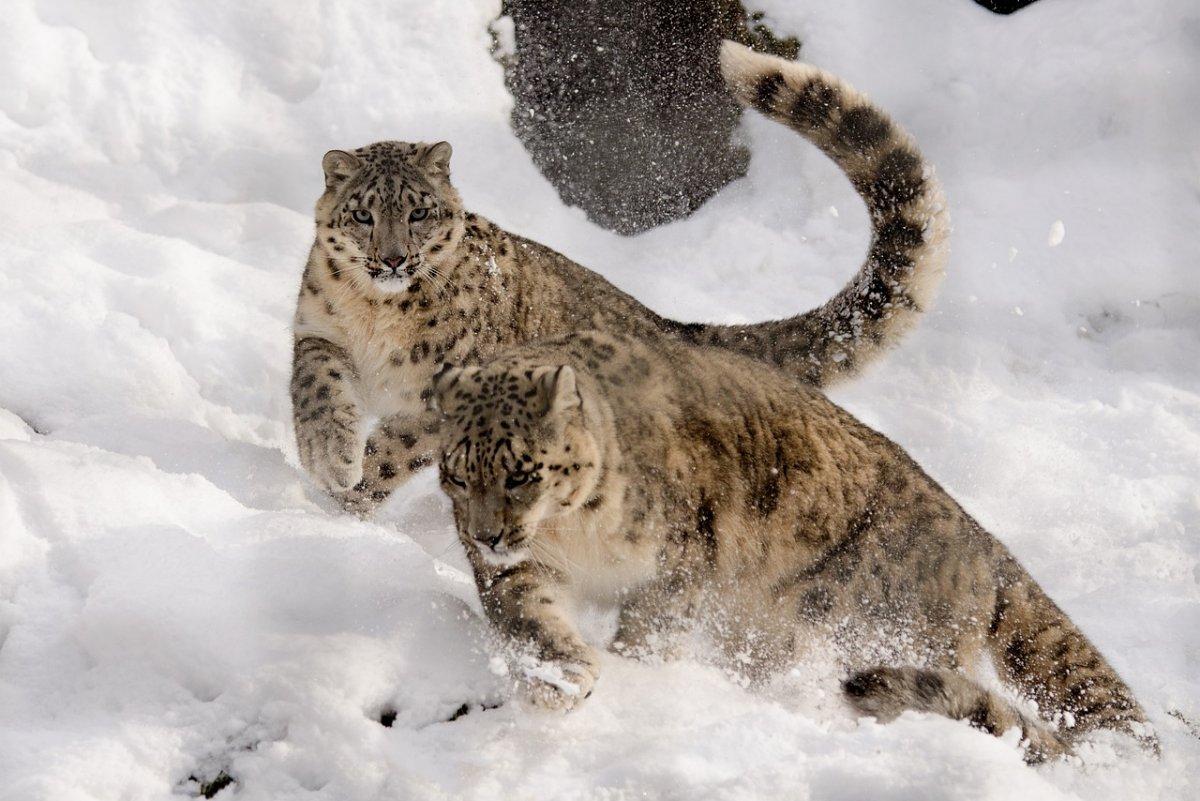
- Name: Snow leopard
- Scientific name: Panthera uncia
- Conservation status:
The snow leopard, or ounce, is a species of felid that can be found in the mountain ranges of Central and South Asia. There are currently less than 10,000 wild mature snow leopards, as they are threatened by habitat destruction and poaching.
The ounce lives in high elevations, from 3,000 to 4,500 m (9,800 to 14,800 ft), and hunts for small mammals like marmots and blue sheep. It is also persecuted because it can attack domestic livestock.
13. Bharal
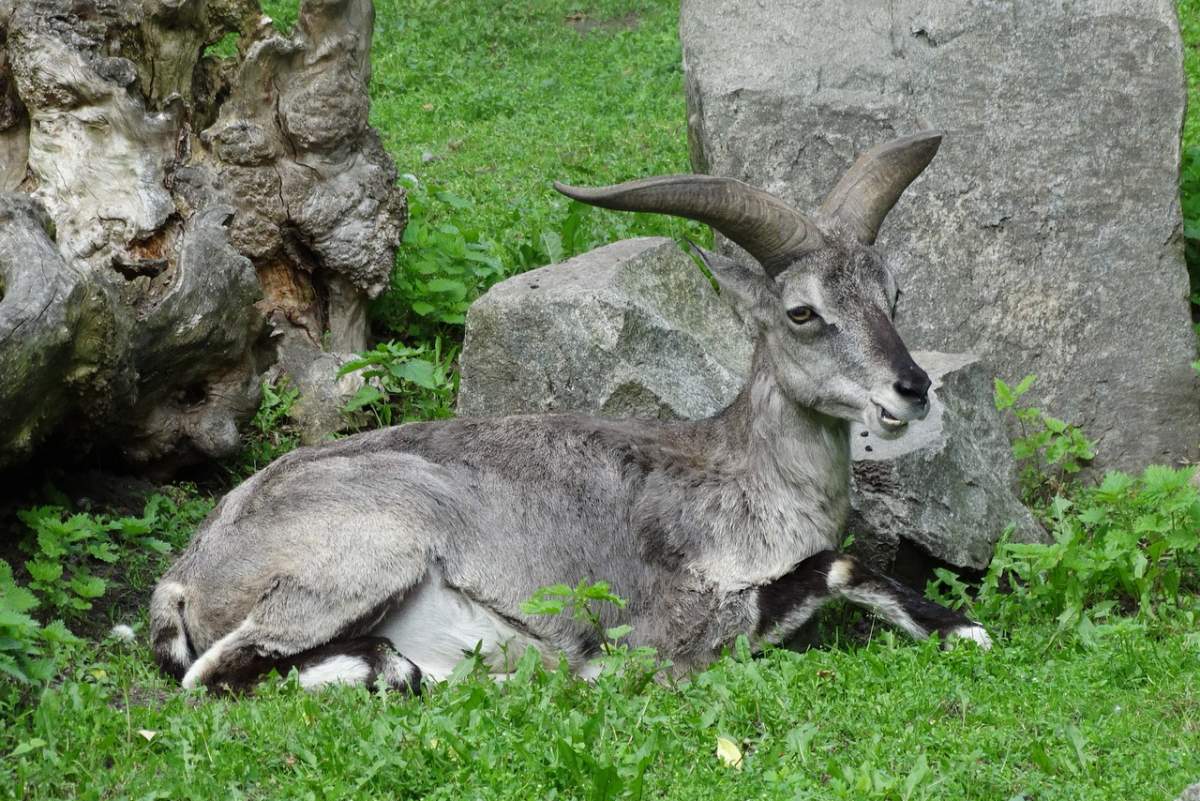
- Name: Bharal
- Scientific name: Pseudois nayaur
- Conservation status:
The bharal, also known as the blue sheep, is a species of sheep native to Bhutan, China, Nepal, India, Pakistan, and Myanmar. In the Helan Mountains, there are 30,000 bharals, with a density of 15 per km², the highest in the world.
Blue sheep are protected by many Buddhist monasteries, but they are still threatened by poaching and competition for livestock. Luckily for them, livestock rarely ventures into their habitat, and they can coexist if needed.
14. Dhole
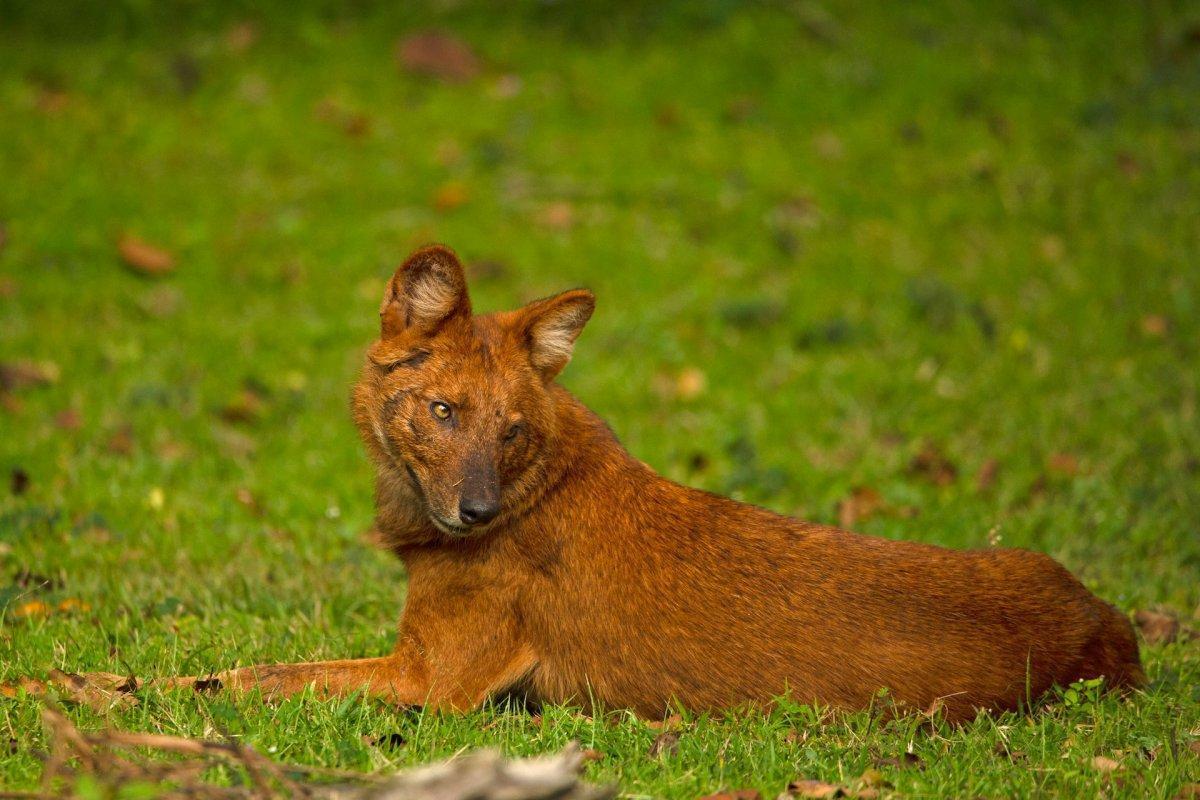
- Name: Dhole
- Scientific name: Cuon alpinus
- Conservation status:
The dhole has many names: the Indian wild dog, the red dog, the whistling dog, the Asian wild dog, and even the mountain wolf. It is a species of canid native to Asia. It is highly social and lives in large clans without real dominance. There are usually 12 individuals per clan, but groups of up to 40 animals have already been witnessed.
There are currently fewer than 2,500 mature dholes in the wild, as they are threatened by loss of prey, competition with other species, and persecution following livestock predation.
15. Bengal tiger
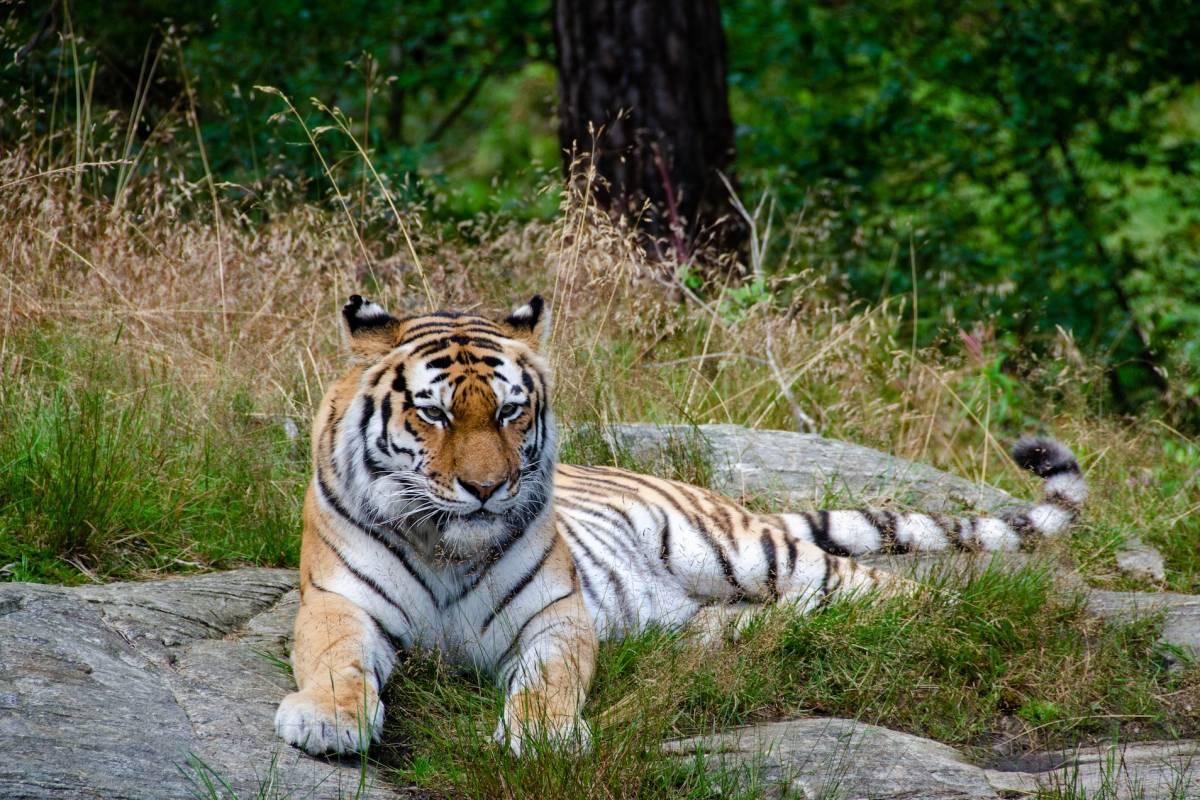
- Name: Bengal tiger
- Scientific name: Panthera tigris tigris
- Conservation status:
The Bengal tiger is one of the most iconic Asian animals and is part of the world’s charismatic megafauna, a group of large and emblematic species with popular appeal. It is native to the Indian subcontinent and has been living there for 12,000 to 16,500 years.
Sadly, there has always been an intense human-tiger conflict, resulting in the killing of thousands of animals. At the beginning of the 19th century, there were tons of tigers, so much so that killing one of them was rewarded!
16. Indian cobra
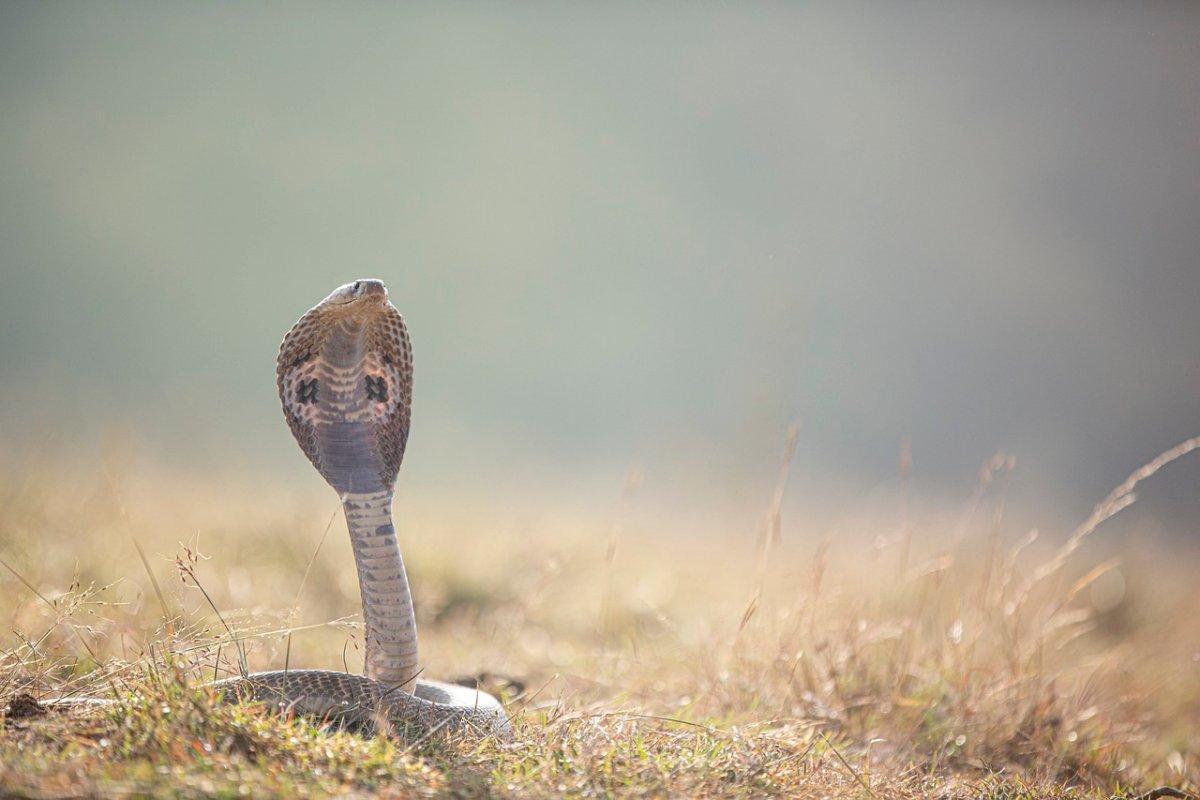
- Name: Indian cobra
- Scientific name: Naja naja
- Conservation status:
The Indian cobra, or binocellate cobra, or spectacled cobra, is a species of snake native to the Indian subcontinent. It is one of the 4 snakes that inflict the most snakebites in India. Even though it is different from the famous king cobra, it is very famous in India and is revered in culture and mythology. It can also be seen with snake charmers quite often.
This cobra’s venom paralyzes muscles and can lead to cardiac arrest and respiratory failure.
17. Yellow-throated marten
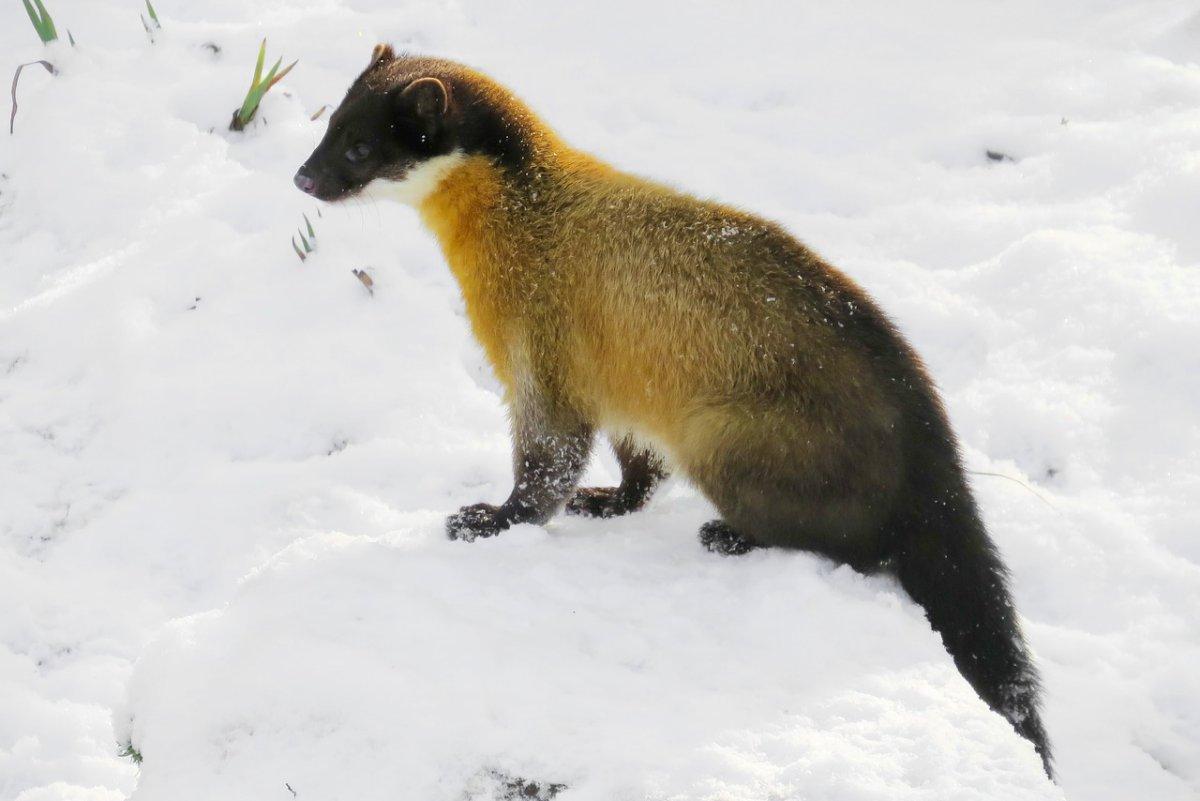
- Name: Yellow-throated marten
- Scientific name: Martes flavigula
- Conservation status:
The yellow-throated marten is a species of marten native to Asia. Its global population is stable, and it is widely spread. It is not majorly threatened by anything and lives in several protected areas, making it a species of least concern.
Its name comes from its peculiar yellow throat. It is a large and muscular animal with a small head that hunts in pairs. It feeds on small rodents, eggs, and reptiles like lizards and snakes.
18. Asian elephant
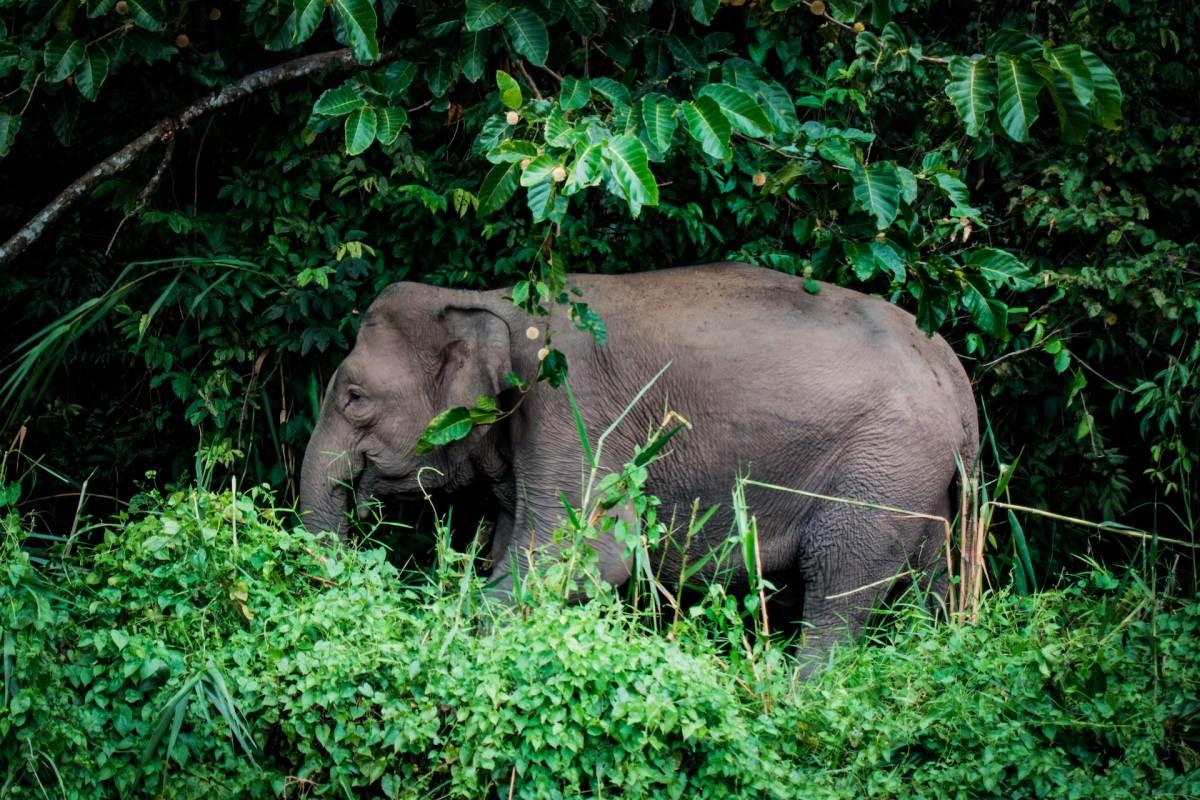
- Name: Asian elephant
- Scientific name: Elephas maximus
- Conservation status:
The Asian elephant, or Asiatic elephant, is a species of elephant native to Southeast Asia and the Indian subcontinent. It is the largest living land animal in all of Asia, and it has been endangered since 1986. Its population has declined by more than 50 percent over the last three generations due to poaching and loss of habitat.
A big issue with Asian elephants is that they cannot be saved by captive breeding. In zoos, they have a low birth rate and a high death rate, and they die at a younger age.
19. Hispid hare
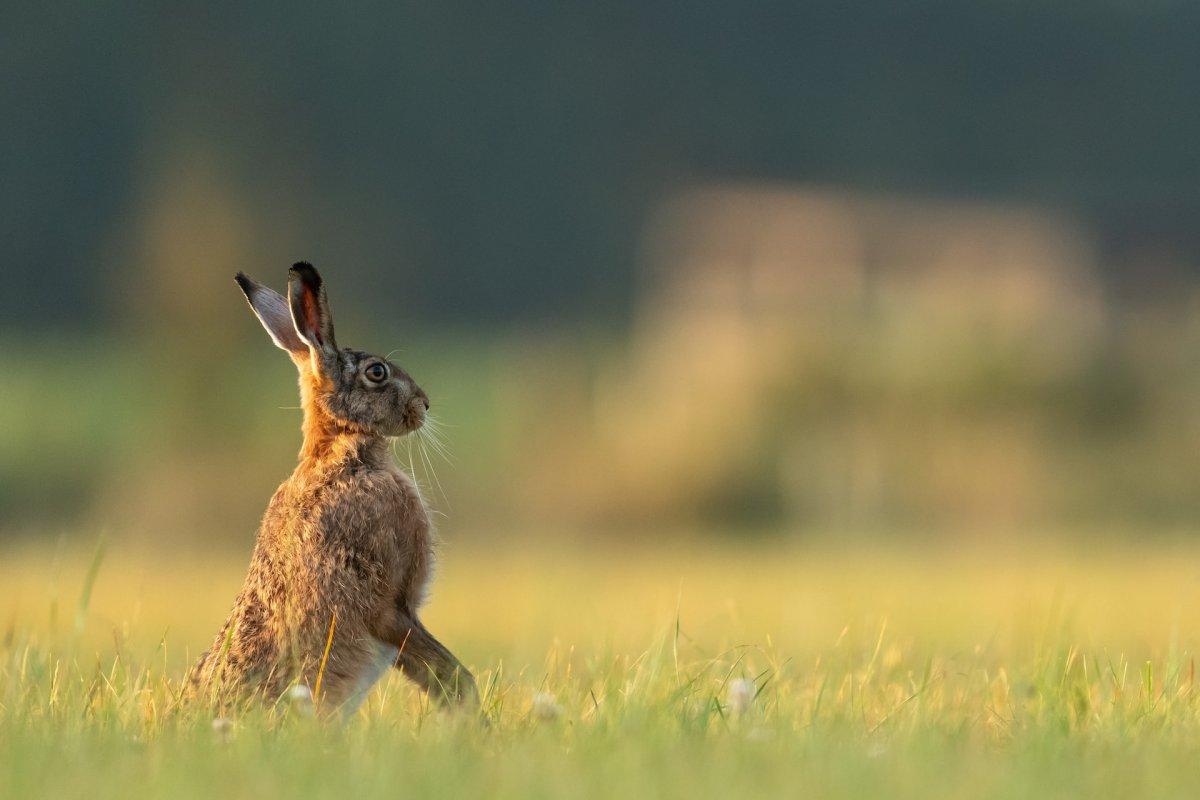
- Name: Hispid hare
- Scientific name: Caprolagus hispidus
- Conservation status:
The hispid hare, also known as the bristly rabbit or the Assam rabbit, is a species of hare native to South Asia. It used to live throughout most of the Himalayas, but its habitat is now highly fragmented, and it can only be found in very restrictive areas of the Indian subcontinent.
Sadly, this hare is endangered due to flood control, increasing agriculture, and human development. It is most active at dawn and dusk and has a small litter size.
20. Indian muntjac
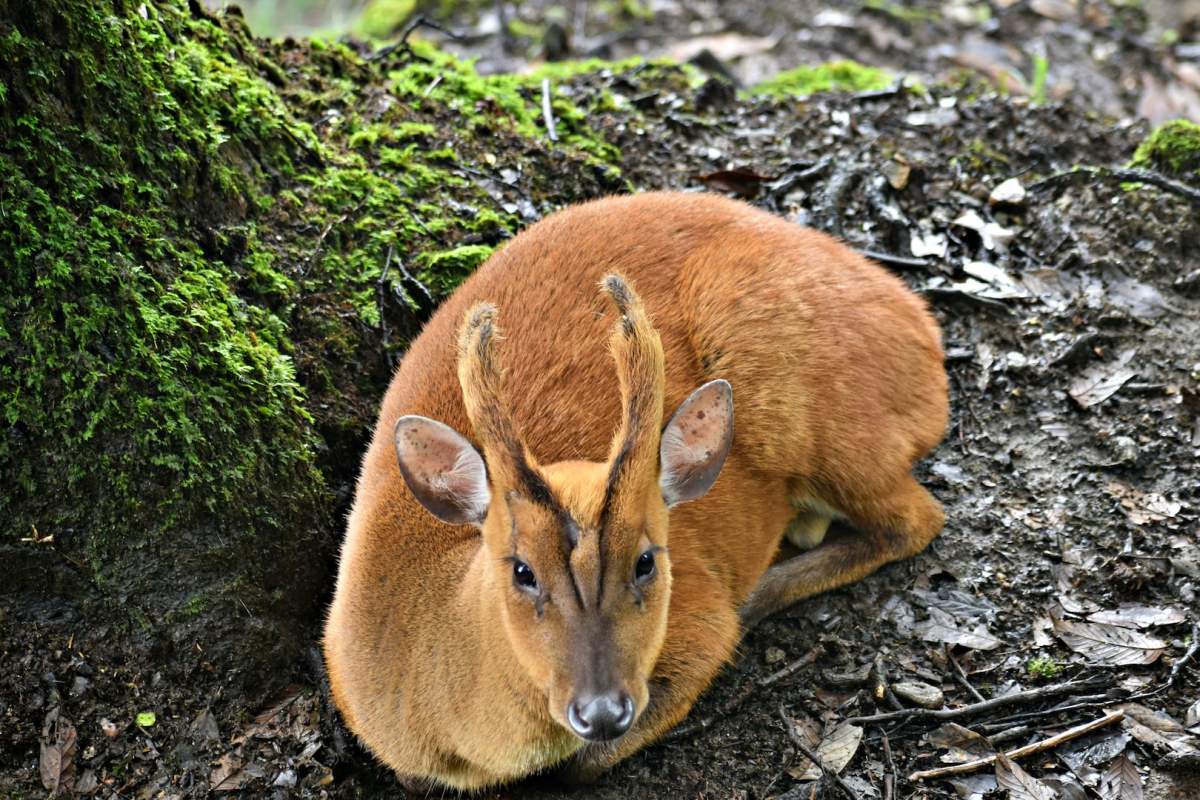
- Name: Indian muntjac
- Scientific name: Muntiacus muntjak
- Conservation status:
The barking deer, or Indian muntjac, is a species of deer that inhabits South and Southeast Asia. Its name comes from its peculiar call that sounds like barking. It acts this way when frightened by a predator.
Male Indian muntjacs have canines and short antlers. They are omnivores that eat grasses, fruits, and herbs, but also some small warm-blooded animals. They are of least concern, but still threatened by hunting for sport, meat, and skin. They can also be killed as retaliation for damaging crops.
21. Red panda
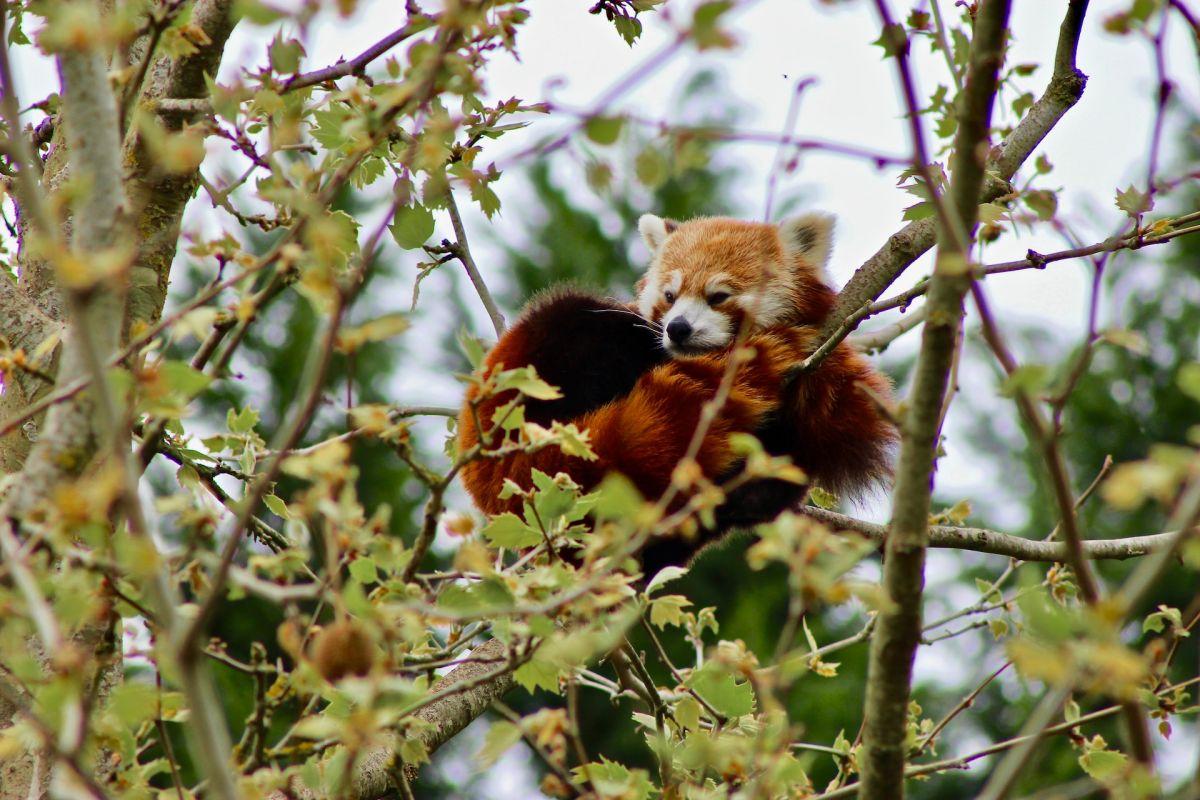
- Name: Red panda
- Scientific name: Ailurus fulgens
- Conservation status:
Last but not least, the red panda is probably the cutest animal you will see in Bhutan. It is native to the eastern part of the Himalayas and to South China.
Sadly, there are less than 10,000 mature wild individuals, and they are endangered due to habitat loss, poaching, and inbreeding depression. There are only 2 species of red pandas, the Himalayan red panda, and the Chinese red panda.
—
So there you have them, these were my 21 wild animals of Bhutan. I hope you enjoyed this list and that you learned something new today.
In case you want to learn more about Bhutan wildlife, feel free to keep reading, as I still have lots of things to tell you about:
Endangered Animals of Bhutan
This is definitely the saddest part of the list, but it is very important to raise awareness. Because of this, let’s go through the list of endangered animals in Bhutan.
Here are the animals in danger of extinction in Bhutan.
- None
- Elongated tortoise
- Gharial
- Baer’s pochard
- Sumatran rhinoceros
- Red-headed vulture
- and 4 more…
- White-winged duck
- Gee’s golden langur
- Tiger
- Asian elephant
- Steppe eagle
- and 17 more…
To see the full list of endangered species in Bhutan, head over to the International Union for Conservation of Nature’s Red List.
What is the National Animal of Bhutan?
The national animal of Bhutan is the takin.
The takin is definitely a particular animal that you might have never heard of. It looks like a mix of different animals, hence its other names, the “cattle chamois” and the “gnu goat”.
It is a bovid that has a strong place in the country’s religious and mythological history. Nowadays, it is sadly a rare animal due to overhunting and habitat loss.
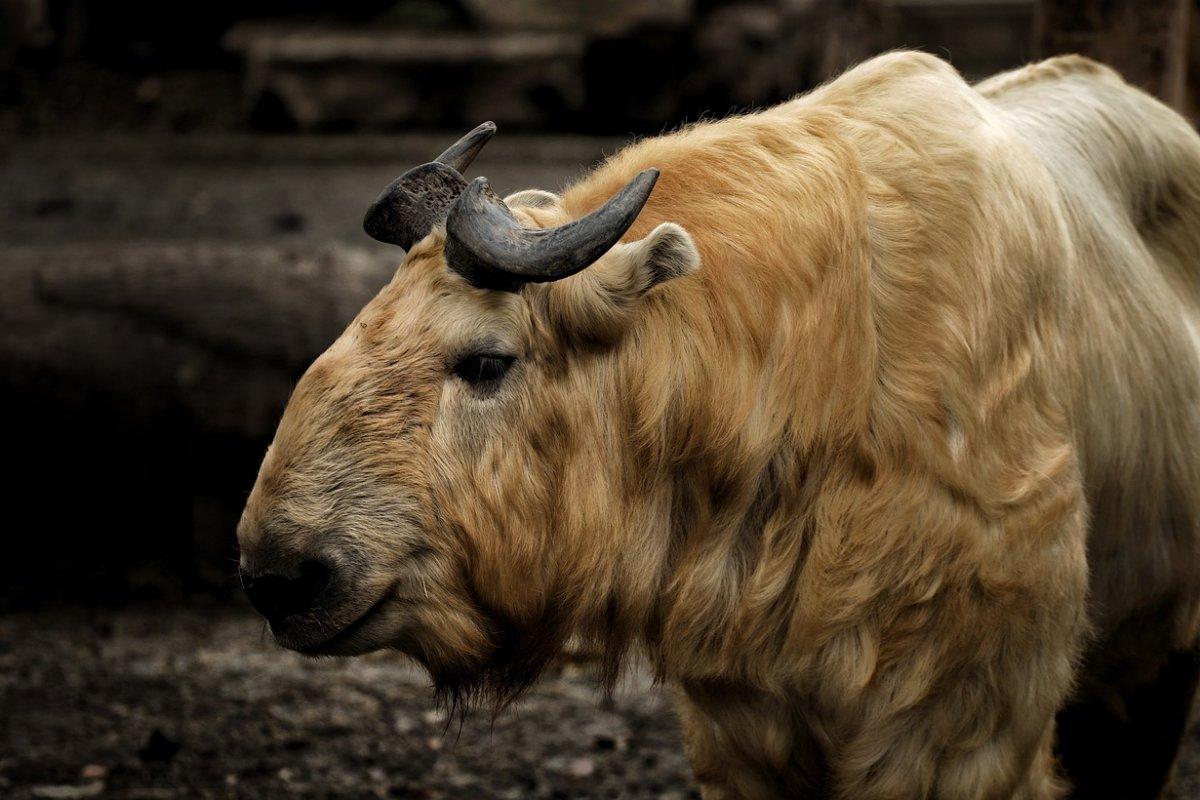
How Many Animals Native to Bhutan?
What is the diversity of native animals in Bhutan?
Let’s look at the total number of species of Chordata (mammals, birds, fishes, and reptiles).
Total number of animal species in Bhutan: 877 (14,589 in total in South and Southeast Asia)
More About Animals in the World!
Loved these Bhutan animal facts? Want to see what animals live in other countries?
Then check out these posts:
Or click here to see ALL the facts up on the blog! Spoiler alert: there’s A LOT of them.
Share the knowledge! Click on the buttons below to share information about these animals found in Bhutan with your friends, and help them learn more about the world 🙂
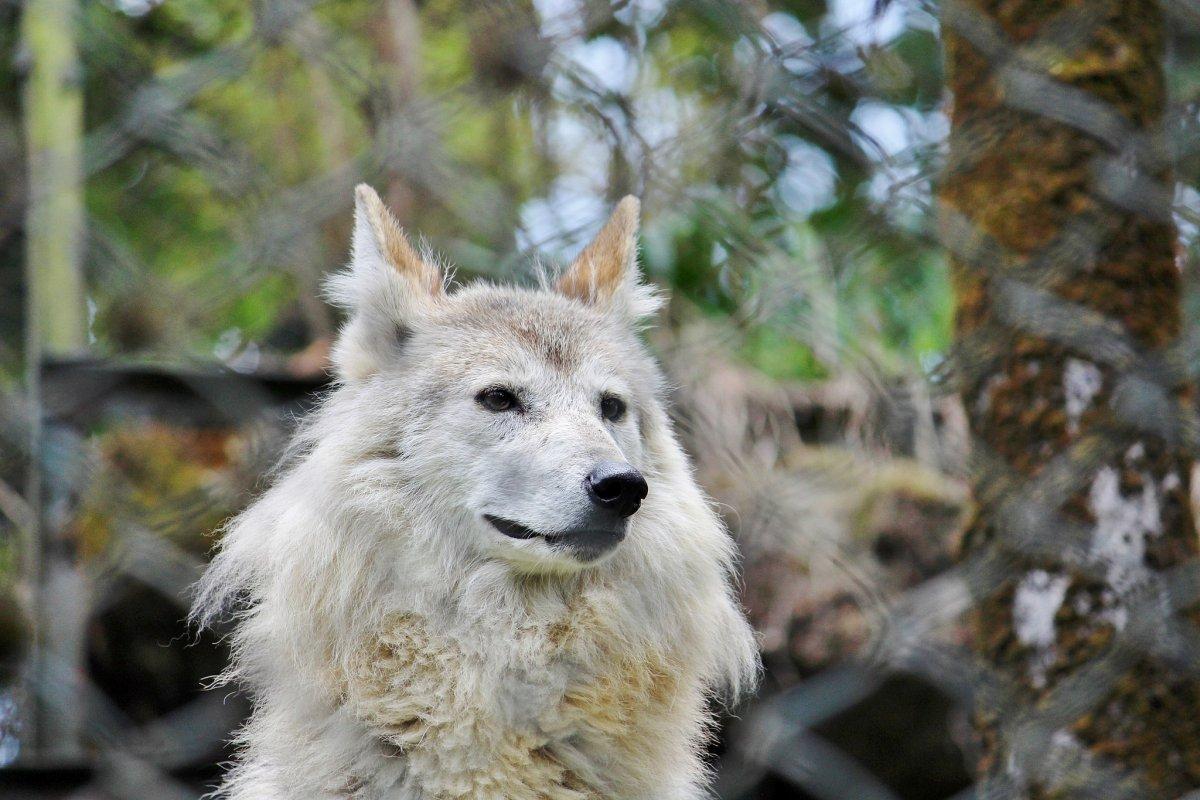
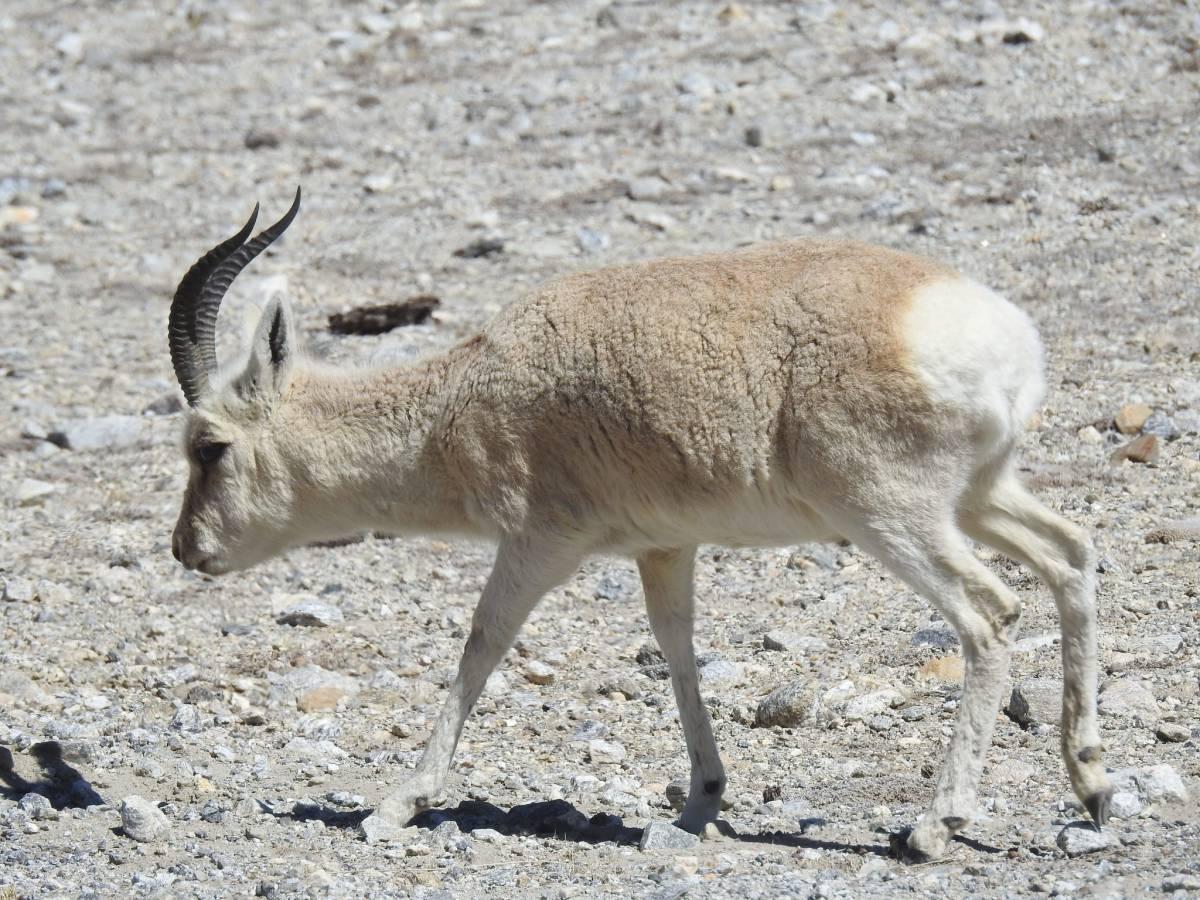
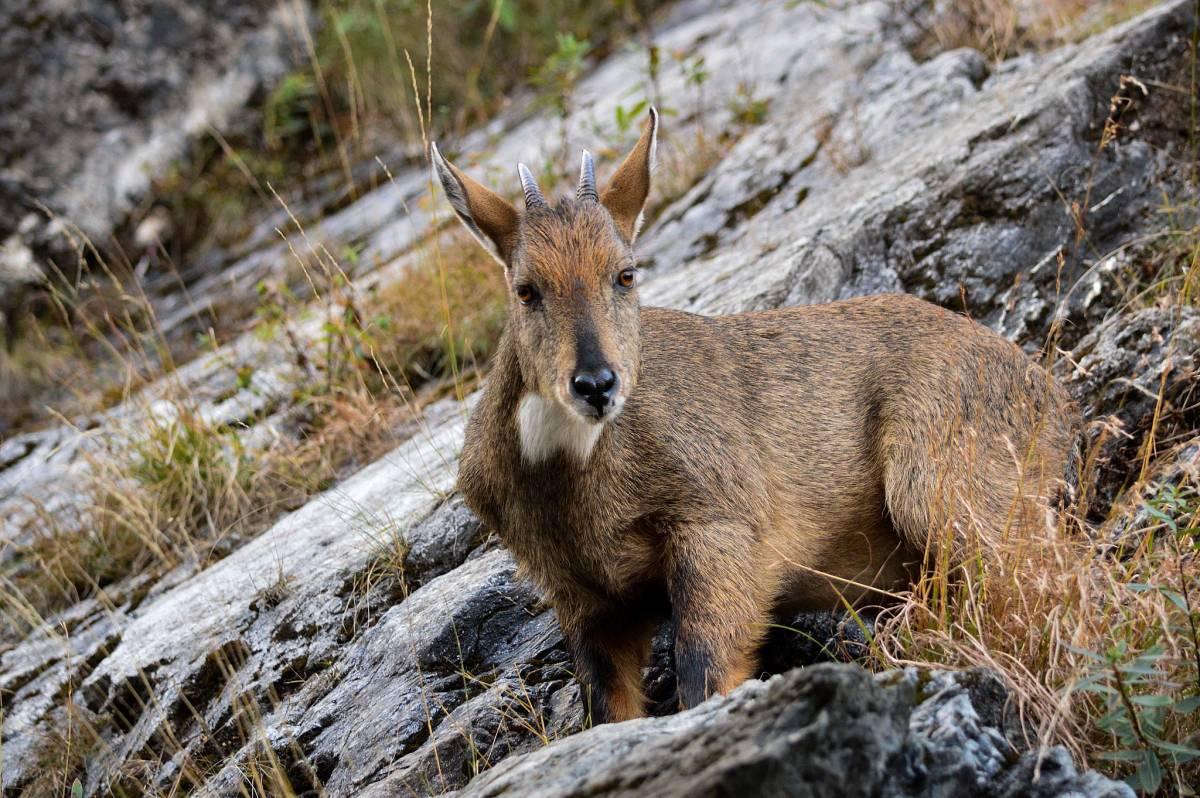
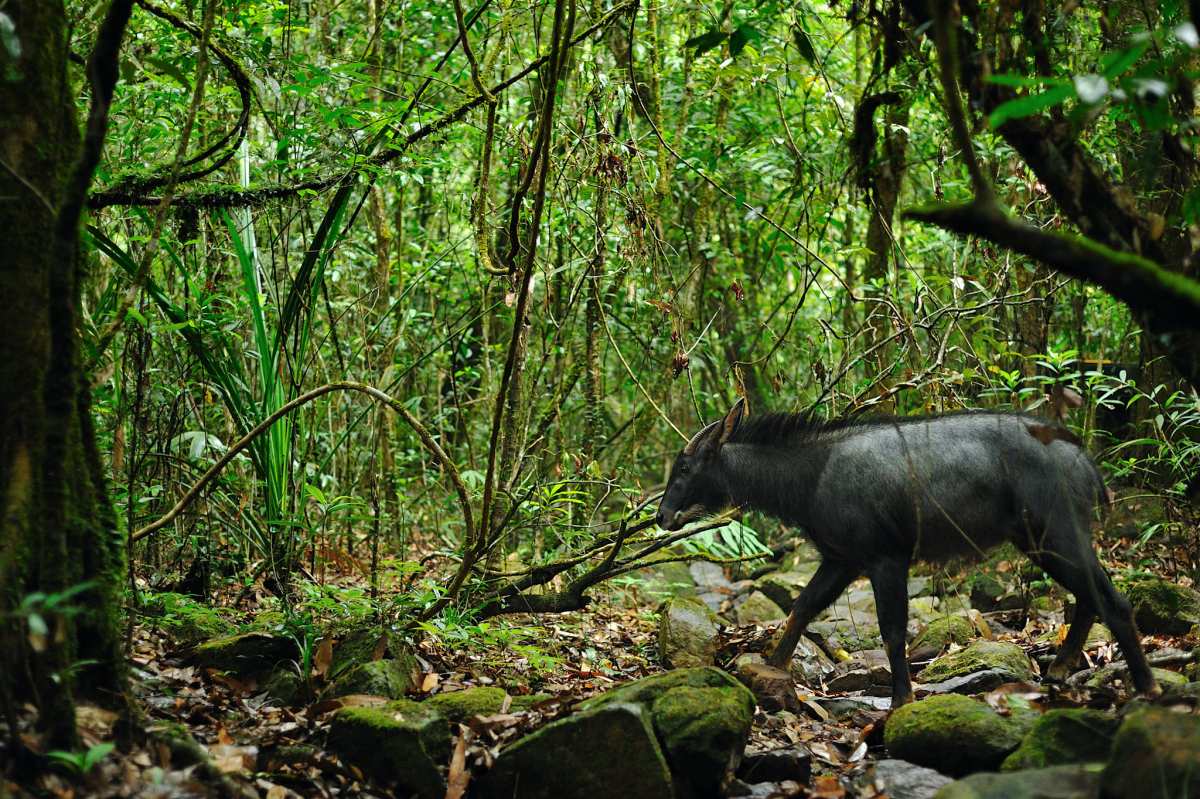

![21 Wild Animals in Hungary [Wildlife in Hungary]](https://www.kevmrc.com/wp-content/uploads/2022/06/21-wild-animals-in-hungary.jpg)
![25 Wild Animals in Sweden [Wildlife in Sweden]](https://www.kevmrc.com/wp-content/uploads/2022/10/25-wild-animals-in-sweden.jpg)
![15 Wild Animals in Honduras [Wildlife in Honduras]](https://www.kevmrc.com/wp-content/uploads/2022/08/15-wild-animals-in-honduras.jpg)